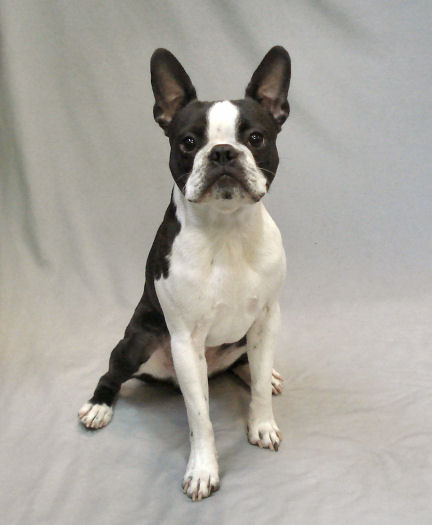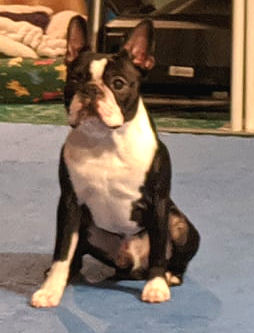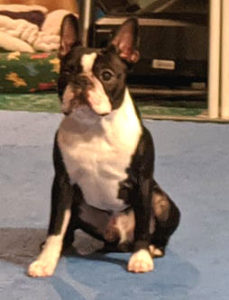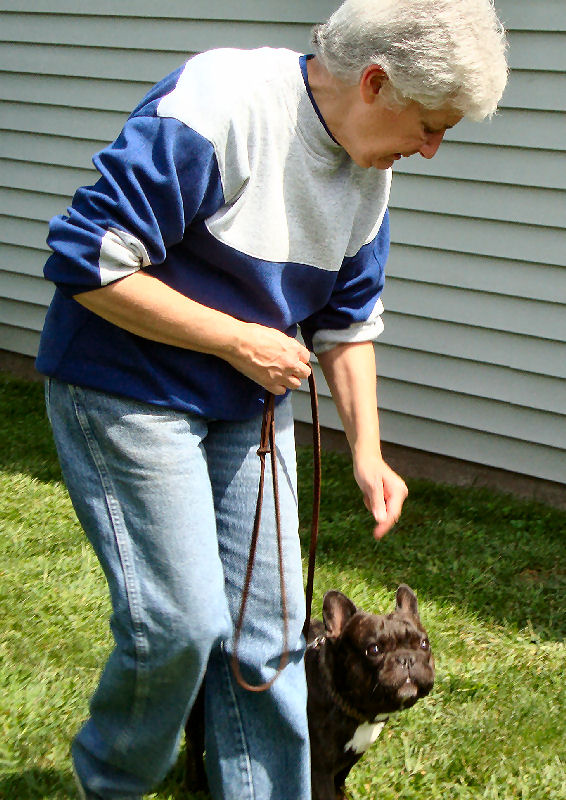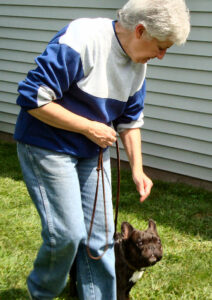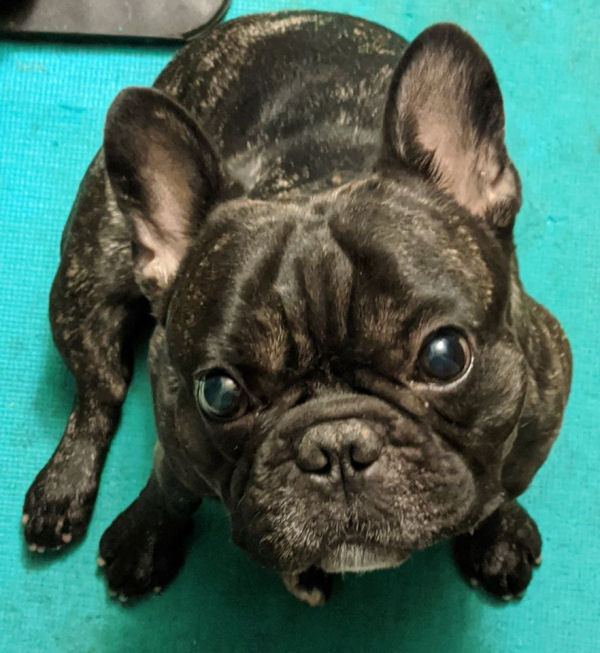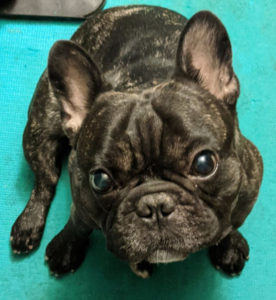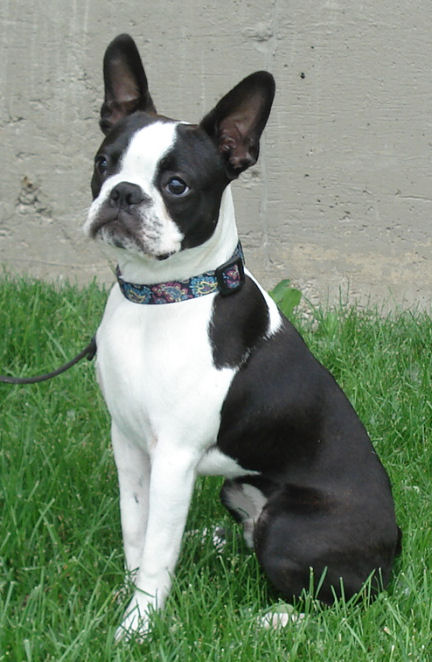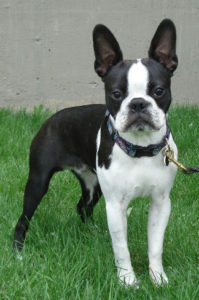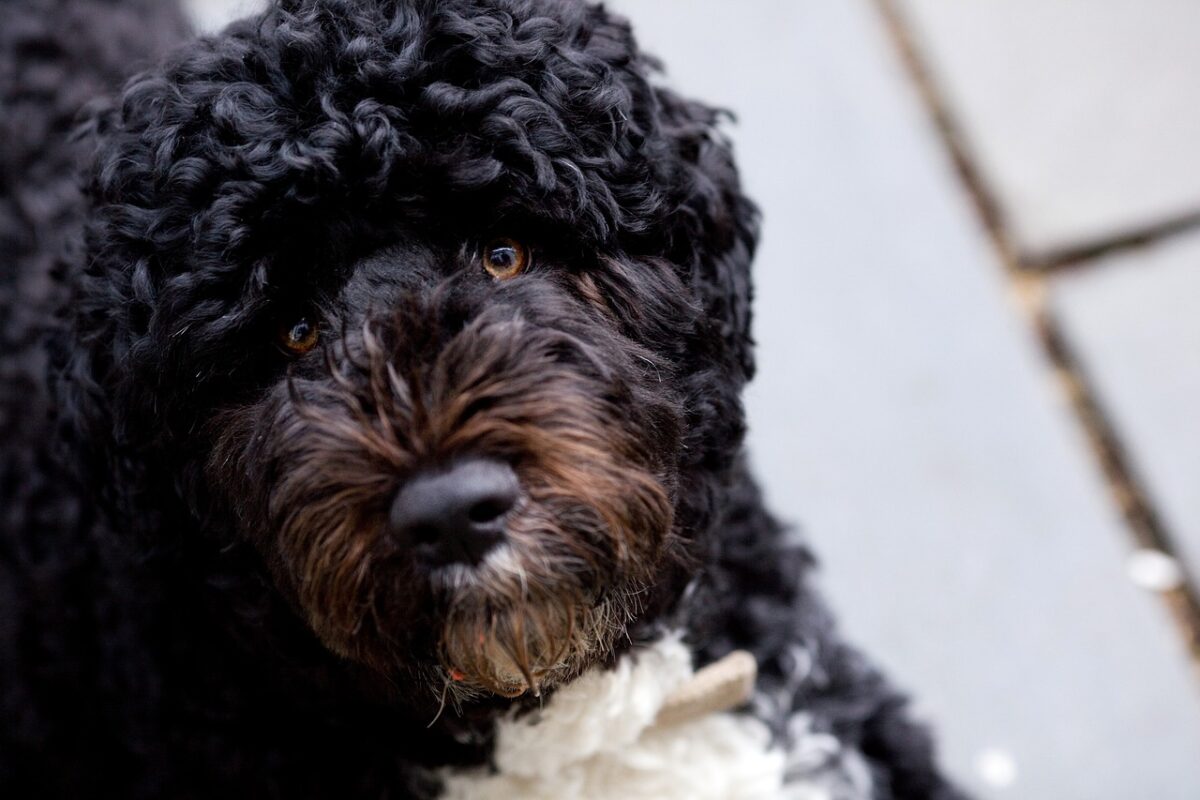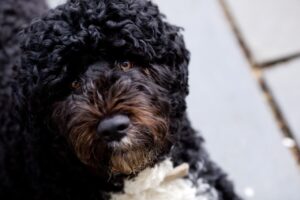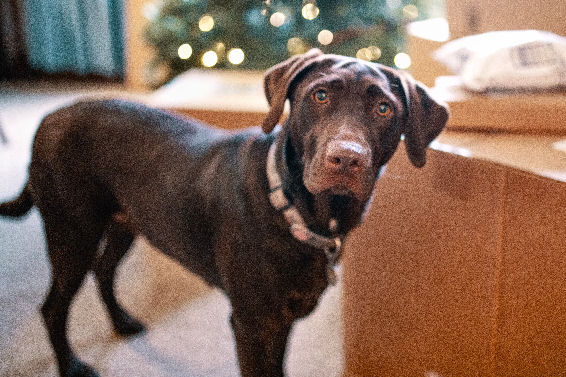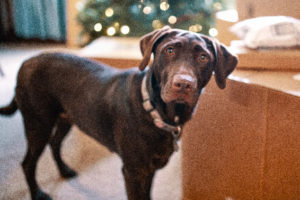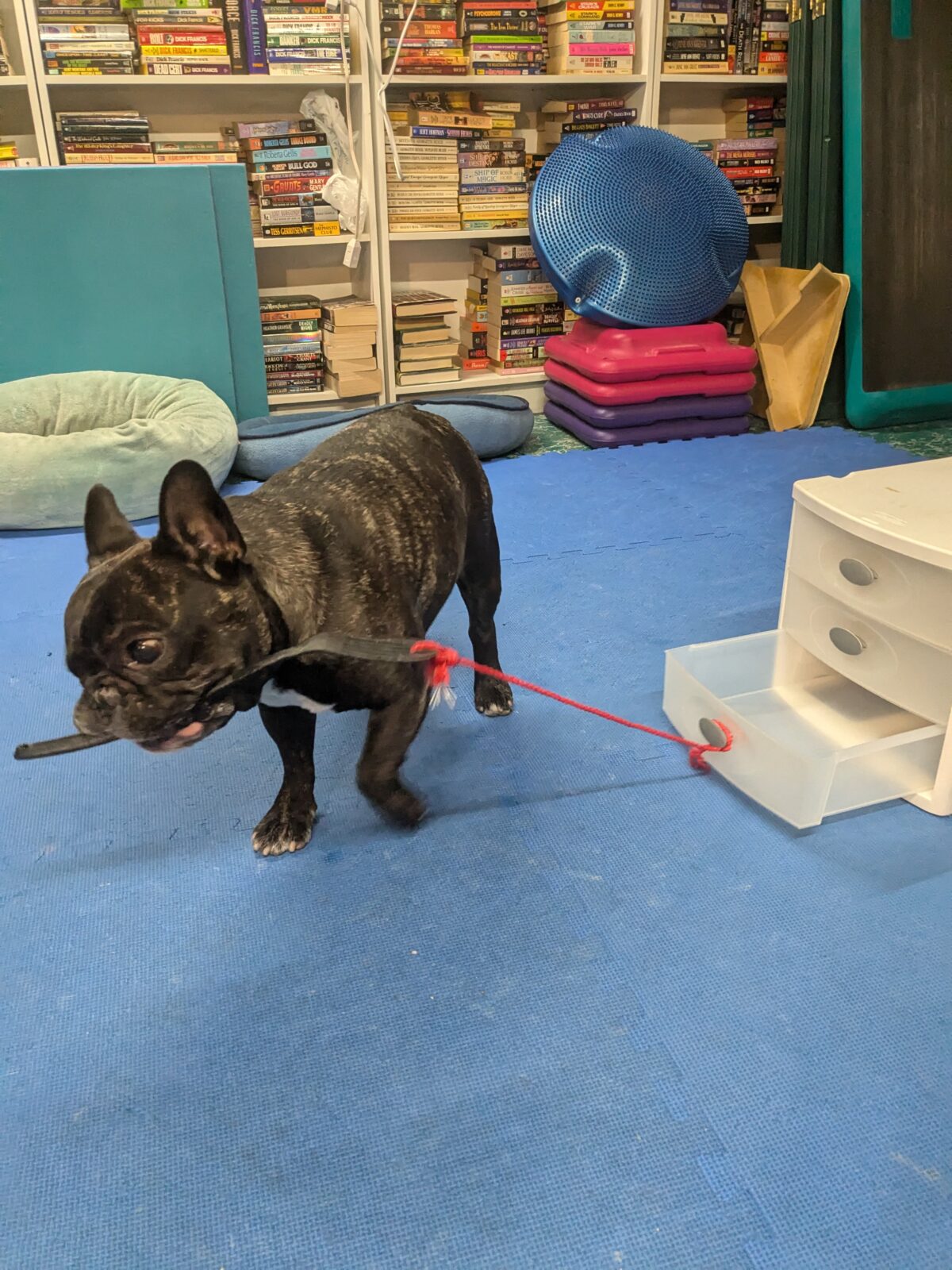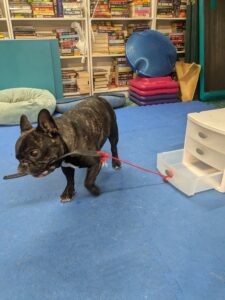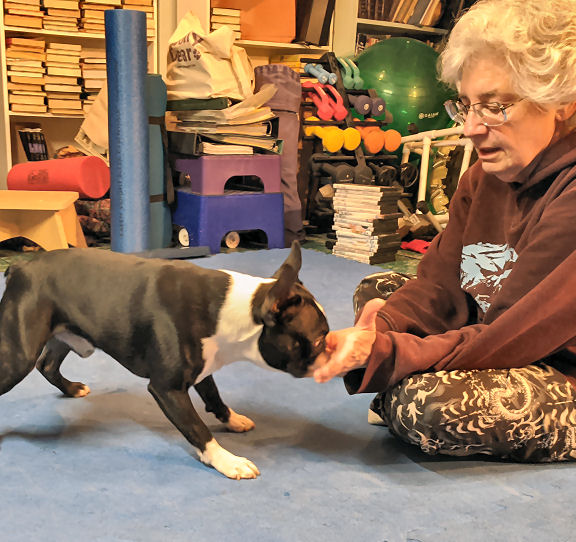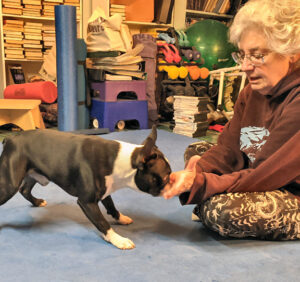Here’s the best dog training advice right off:
“Shut up!” That’s the best dog training advice we give people in our classes.
We wish there was a more polite way of putting it. But when we try, it’s ignored. We’ve tried:
- Just wait!
- Be patient!
- Don’t say anything!
- Let Fido think!
It just doesn’t penetrate until we say “Shut up!” We try to say it with a smile and a little chuckle. But it’s still startling. When we have to use it, we try to do it at the beginning of class. It gives us a chance to soften the blow and give it context. Because almost everybody talks too much when playing training games.
Our voices become garbled nonsense
Have you ever seen one of the Charlie Brown television specials? Remember how the adult voices were just garbled nonsense? For the most part, that’s how we sound to our dogs. They may love the sound of our voices, but the words are mostly gibberish. Dogs are capable of learning the meanings of dozens, if not hundreds of words. But they have to be distinct, taught clearly, and stand alone.
Knock three times. Say it once.
Once is all you need. We’ll use Puppy Push-ups, our class-opening exercise, as an example. Puppy Push-ups is a rapid sequence of position changes; Sit!, Stand!, and Down!, in random order. The faster you go, the more fun it is for both of you.
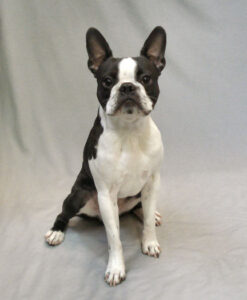
There is a learning period that takes some time. It’s not something most dogs are asked to do on a regular basis. They may be asked to “Sit!”, but that’s about all. How long it takes depends on how often you play, how fast you deliver the treats, and how willing you are to let your dog think.
If you stand with your dog in front of you, nothing in your hand, and say “Sit!,” how long will you wait before you repeat the word? If you’re like most, it happens within seconds. The command isn’t “sitsitsit!”
Say it once. If your dog doesn’t do it by a count of five, just look at their butt. Quietly.
Lessening the value
Every time you repeat a command, you’re telling your dog they don’t have to pay attention the first time. That another opportunity will come up, and they may not have to worry about that one either. There will always be another chance, so it doesn’t matter if they listen.
If your dog knows they have one chance to get it right, chances are much higher that they’ll be listening the first time. If your timing is prompt with rewards, they’ll comply even faster. Be ready with the reward, but be sure you’re rewarding, not luring.
Timing is everything
Dogs learn by the timing and placement of rewards. If their reward is almost simultaneous with performance, that performance improves exponentially. When you fumble around trying to get treats out of a bag or pouch, the dog has no reason to be crisp and precise. And if you repeat the same command multiple times, the dog will either learn to wait for the fifth repetition, or figure it’s not worth their effort.
Almost everyone is guilty of talking too much in training. We had to break the habit ourselves because talking is not allowed in obedience competitions. The rules actually spell out in detail when you’re allowed to talk to your dog and what you’re allowed to say. Frankly, the inability to constantly “cheerlead” the dogs makes for better training. You just have to wait for what you said to penetrate and send the signals from dog ears to dog brain to dog body.
Try it and see
The next time you play Puppy Push-ups, say a command once and wait. When you’re about to give up and repeat, stop yourself and wait another five seconds. That’s all. Wait a silent count of five. You’ll be surprised and delighted to see how much your dog already knows, if you’re patient and shut up. And that’s the best dog training advice ever.

